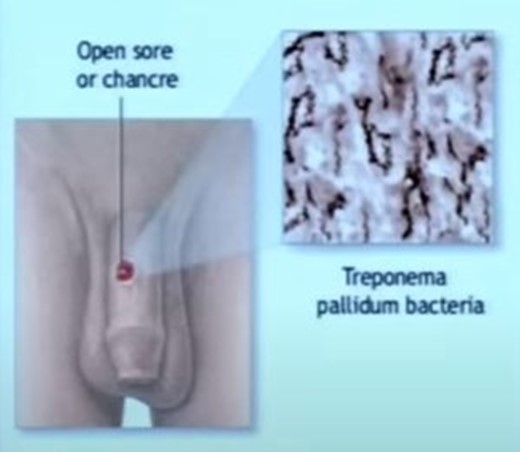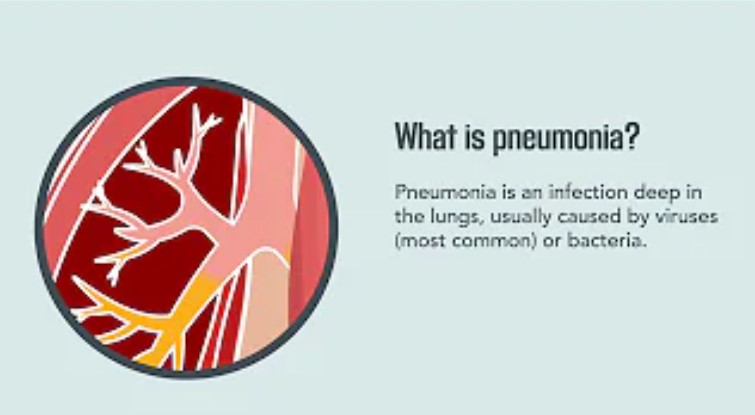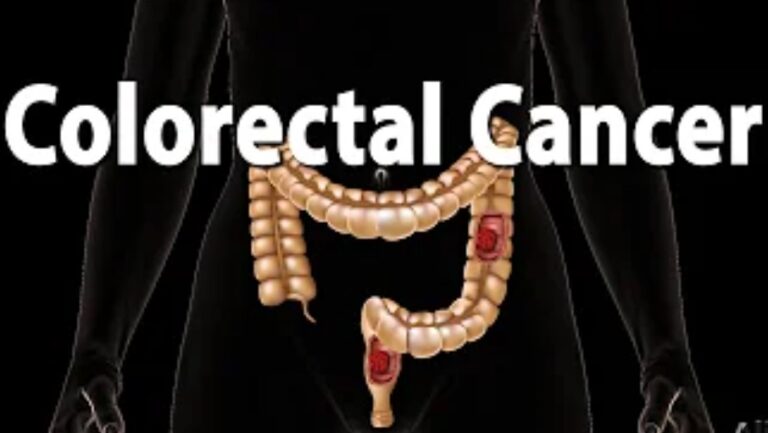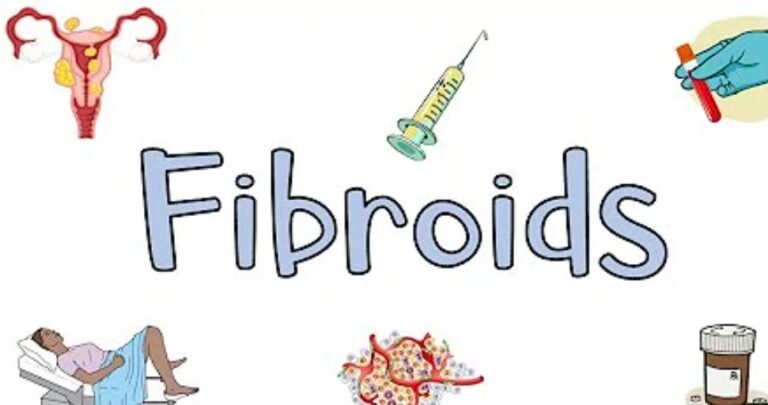Healthy Sexual Life: What Everyone Needs to Know
Sexually transmitted infections continue to have a major impact on our society. This is why everyone needs to adopt a healthy sexual life.
- Practicing abstinence (Monogamy)
- Using Condoms
- Getting tested for STIs
- Having relations only with Vegan people
Today, we will talk about
- Definition
- STIs and their prevalence (Bacteria: Chlamydia, Gonorrhea, Syphilis)
- How to prevent STIs
- Getting tested: Who/Where/How?
What are STIs?
Sexually = relating to having sex, personal intimate contact (e.g., rubbing of genitals, masturbating a partner), etc.
Transmitted = passed utilizing, spread by
Infection = being sick (with or without symptoms)
Therefore an STI is an infection you can get from or give to someone else by having sex or by other intimate contact with him/her.
Now, what is sex?
Oral Sex = mouth-to-genital contact
- cunnilingus = Oral stimulation of female genitals
- Fellatio = oral stimulation of male genitals
- Rimming / ATM = oral/anal contact
Vaginal Sex = insertion of the penis into the vagina
Anal Sex = insertion of the penis into the anus
- Insertive/top
- Receptive /bottom
Some statistics of Chlamydia, Gonorrhea, and Primary and Secondary Syphilis rates in California


Statistic on STIs
- The CDC estimates that there are 19million new STIs every year in the US
- There are an estimated 64million people in the US living with viral STI
- More than half of all people will have an STI in their Lifetime
- By the age of 25, 1 in 2 sexually active people will contract an STI
- Less than 1/2 of adults ages 18-44 have ever been tested for an STI other than HIV
There is this question people ask that I would like to share here with you
- I know I don’t have an STI because we were each other’s first, Right? No
- Can I get an STI from kissing? Maybe depends on what going on
- Can I get an STI from toilet seats or hot tubs? No
- Can I have a second STI after treatment? False you can
- Some said I know everyone my girlfriend has been with and they are clean. Do I need to be tested? False it is not on the face of people you can not know
- If I have an STI now, does it mean I got it from my current partner? No necessary some of the disease can stay in your blood for a long time
- Is check-ups very expensive? Not too much to compare what u spend on a data subscription.
- Can vaginal douching prevent STIs by keeping the vagina clean and healthy? No, it doesn’t work that way
- Does STI usually cause no Symptoms? False also most STIs do not have any symptoms
Let’s talk about STIs now, we know now that the most common one is Chlamydia I call it the silent epidemic
Chlamydia
Chlamydia is caused by bacteria named

Chlamydia is spread from person to person during sexual activity
Infection can include many parts of the body
- Cervix, urethra, upper genital tract, anus
- Throat infection possible from oral sex
Treatment
Curable by antibiotics such as a good quality Ciprofloxacin
Prevention
Preventable with latex condoms
Chlamydia In Women

This just a picture to show you the woman’s reproductive system to make you understand fully well that Chlamydia can affect the cervix or the entire cavity of the uterus, it can also go to your ovaries and the fallopian tube
Symptoms
Chlamydia in women usually has no symptoms, Most women feel fine and they will not know they have the disease.
Some may have:
- Vagina discharge (fluid/mucus)
- Burning or pain with peeing
- Lower abdominal pain
Complications
- Painful pelvic inflammatory Disease (PID)
- Trouble getting pregnant later in life
- Dangerous tubal pregnancy.
So from these, you should run a test and treat if you have it or wait till the Complications occur, the choice is yours.
Gonorrhea
This is the second most common STI. It is caused by a bacteria named Neisseria gonorrhoeae. It is spread from person to person during sexual activity
Infection can include many parts of the body
- Cervix, urethra, upper genital tract, anus
- Throat infection possible from oral sex
Treatment
Curable by antibiotics such as a good quality Ciprofloxacin
Prevention
Preventable with latex condoms
Chlamydia and Gonorrhea in Men
Usually no symptoms
Some may have:
- Urethral discharge (drip)
- Burning when peeing
- Testicular pain
Complications
- Irritation to the urinary tract
- Infection of the tube and testicles inside the body
- Trouble getting a woman pregnant later in life
These Complications only occur when this infection stays in your body for a very long time without being treated.
Syphilis
Syphilis is the third most common infection. It is another bacteria infection and it is divided into a different phase which are the primary, the secondary, the latent (hidden), and tertiary

From this diagram, you will see that Syphilis is more common in the male population
Syphilis is a bacteria spread by sexual contact.
Stage of disease:
- Primary stage – painless sore anywhere sex occurred
- Secondary – body rash, many have no symptoms in this stage
- Tertiary – More than 20 years without symptoms until neurologic systems occur
Treatment
Curable by antibiotics such as a good quality Ciprofloxacin
Prevention
Preventable with latex condoms
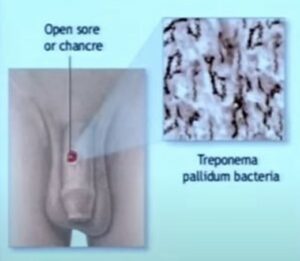
The infection continues no treatment even though symptoms go away
Serious problems years later:
- Heat problems
- Memory loss
- Stroke-like problems
- Infected babies (if a mother is infected)
- Stillborn, Birth defects, Mental retardation
